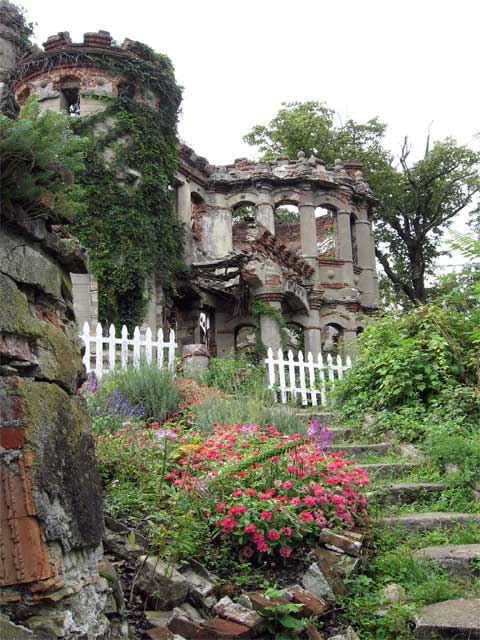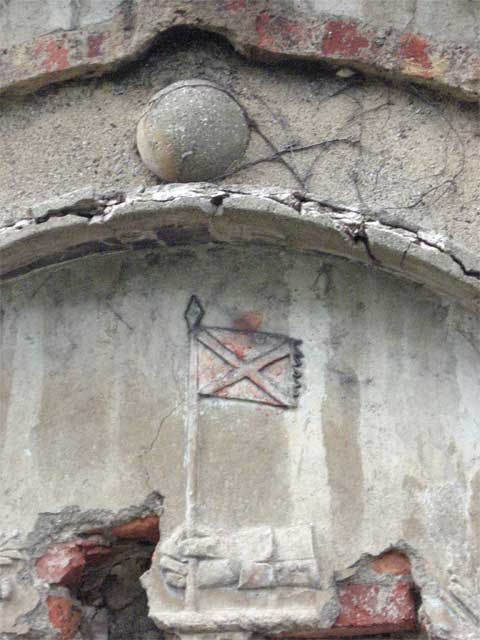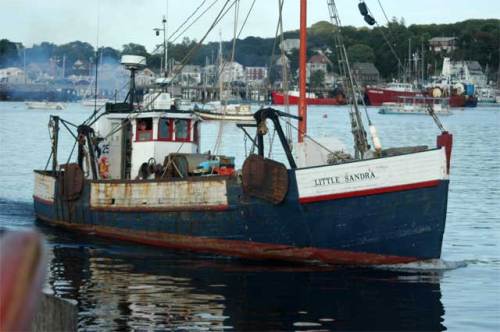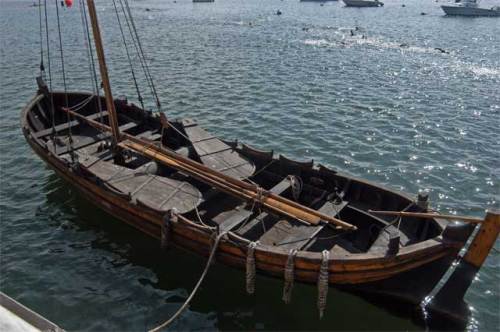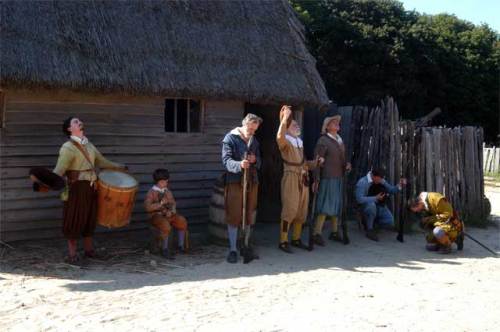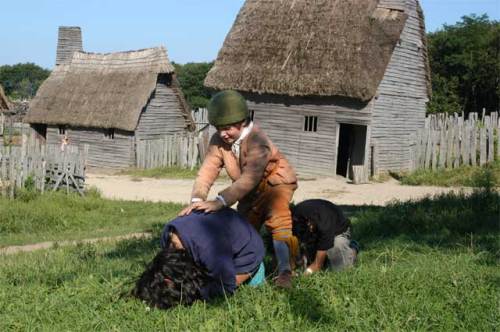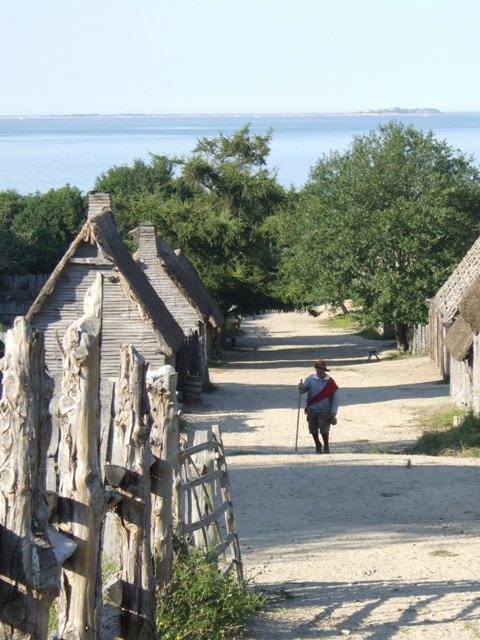The most interesting thing about the New Bedford Whaling National Historical Park is the large number of old buildings that have been moved into the park from their original locations. These are not small wood shacks, but rather entire buildings of stone or brick. On one street, most of the buildings came from somewhere else. Much of this relocation is due to the efforts of WHALE (Waterfront Historic Area LeaguE), which has an impressive record of historic preservation.
One building which has not been moved is the New Bedford Custom House:
It was completed in 1836 and is the oldest continuously operating custom house in the United States. The New York Times had an interesting article about the custom house:
New Bedford is also home to the Seamen’s Bethel:
Herman Melville wrote about the bethel in chapter VII of Moby Dick:
In this same New Bedford there stands a Whaleman’s Chapel, and few are the moody fishermen, shortly bound for the Indian Ocean or Pacific, who fail to make a Sunday visit to the spot.
He also described the cenotaphs (from the Greek for empty tomb) that adorn the bethel’s walls. Here’s one:
Melville wrote of the chapel’s pulpit:
Its panelled front was in the likeness of a ship’s bluff bows, and the Holy Bible rested on a projecting piece of scroll work, fashioned after a ship’s fiddle-headed beak.
Here’s how Rockwell Kent illustrated it:
And here’s Orson Welles preaching from the pulpit in the 1956 movie:
The only problem was that the real Seamen’s Bethel did not have a pulpit like that—at least not until throngs of tourists arrived there asking to see the pulpit. Now it has one:
New Bedford’s working waterfront is alive with all sorts of fishing boats. Fortunately for us we were there on a Sunday—there was not much work happening, but there were tons of boats at the docks:
There was also a most-interesting fountain of a Greek god standing atop all sorts of sea creatures:
New Bedford is also home to the schooner Ernestina, ex-Effie M. Morrisey. For some reason there are no booms or gaffs on the masts of this 115-year-old boat (perhaps due to current restoration work?), so this is the most nautical shot I could get:























